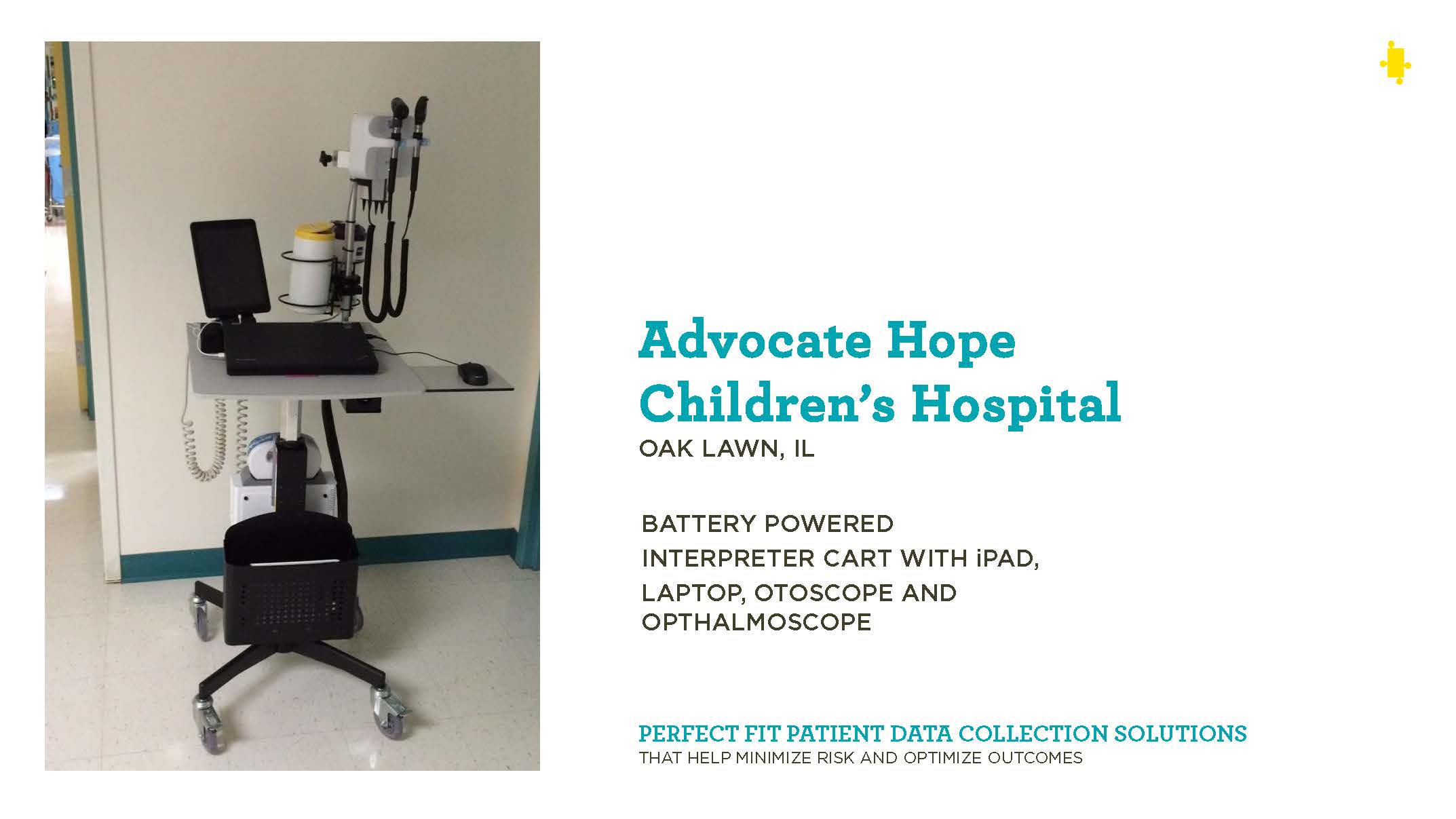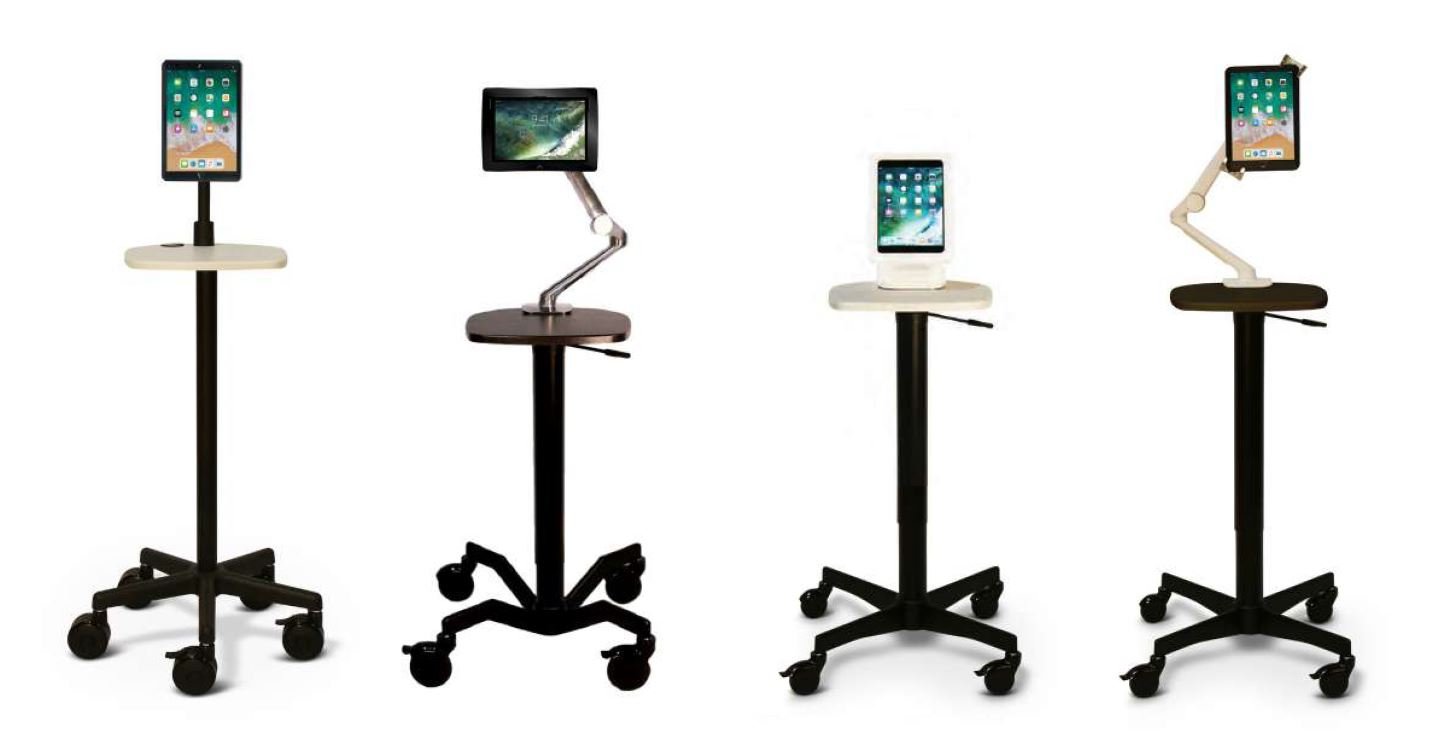By First Products on 8/10/21 10:01 AM
THE UNITED STATES IS A LAND OF MANY LANGUAGES
More people in the United States are speaking in a foreign language than any time in recent history. Although the US does not have an official language, the Constitution states that English is to be used for all public acts including legal and regulatory communications.
Approximately 80% of American residents speak English, however just over 1 in 5 or 21% of US residents over the age of 5 speak a language other than English at home.
In 2016, 65.5 million US residents spoke a foreign language at home, a number that has doubled since 1990 and nearly tripled since 1980. 1
After English, Spanish is the second most commonly spoken language followed by Chinese. California is the state with the highest percentage of population speaking a language other than English at home, where approximately 44% of California’s population speaks a language other than English. The largest percentage increases since 2010 among languages with more than 400,000 speakers were for Arabic, Hindi, Urdu, Chinese, Persian, Haitian, and Gujarati. Hindi and Gujarati are spoken in India; Urdu is spoken in Pakistan.2
MULTI-LINGUAL PATIENTS ARE THE NEW FACES OF US HEALTHCARE
In the healthcare world, where a few words can change a diagnosis, prescription or treatment, sharing clear and accurate information is essential.
A 2016 study from Johns Hopkins patient safety experts calculated that over an eight-year period, more than 250,000 deaths per year were due to medical error, making it the third leading cause of death. “The researchers caution that most medical errors aren’t due to inherently bad doctors, and that reporting these errors shouldn’t be addressed by punishment or legal action. Rather, they say, most errors represent systemic problems, including poorly coordinated care, fragmented insurance networks, the absence or under use of safety nets, and other protocols, in addition to unwarranted variation in physician practice patterns that lack accountability.”3
Although the impact of foreign language and medical errors has not been studied nor documented, the language a patient speaks impacts care. Nursing Management, The Journal of Excellence in Nursing Management, published an April 2018 article that outlined Strategies for Overcoming Language Barriers in Healthcare.4 The article noted that there is evidence that language barriers impact patient outcomes and healthcare delivery.
Among the top ten issues that were attributed to language barriers were increases in patient length of stay, higher readmissions, infections, falls, medication management, and access to and utilization of healthcare and preventative screenings.

STRATEGIES FOR TRANSLATION SERVICES
There are many different strategies to overcome language barriers, and need to be customized to meet the patient population, available resources, care efficiency and cost effectiveness.
Individuals who provide medical interpretation services are subject to the same oversight and regulatory requirements as other healthcare professionals, including the confidentiality and security provisions under HIPAA. Many medical interpreters have completed additional education and training and received certification from the National Council on Interpreting in Health Care. The National Council requires a minimum of 40 hours of study and successfully
performing a demonstration patient encounter for certification.
Medical professionals agree family members, especially children, should not perform interpretation services. There are several reasons for this rationale. Family members may not have the medical training or vocabulary necessary to adequately translate information.
Additionally, family may be reluctant to speak about sensitive medical information, medical history or behaviors. Larger healthcare organizations such as hospitals may have bi-lingual staff and interpreters who meet the diverse language needs of their patients. Some staff members may have been hired
specifically to offer translations services; others may have other responsibilities and serve as interpreters as needed. Many organizations have volunteer programs, where trained and qualified volunteers serve as interpreters.
Regardless of who is providing interpretation, it is important to create an effective communication strategy that includes the interpreter, medical professionals, the patient and the patient family members. There are also several different resources for interpreter services including The Agency for Healthcare Research and Quality (AHRQ) guidelines for how to better utilize staff members with language skills. The National Institute for Health (NIH) also has a protocol for healthcare professionals who treat patients who have a language other than English. https://www.ncbi.nlm.nih.gov/pmc/articles/PMC4566365/

TELEPHONE AND TELECONFERENCING BRIDGES THE GAP
While in-person interpretation services are optimal, this form of delivery may not be cost effective or efficient. Having interpreters for the many different languages spoken by the patient population, available on a 24/7 or sufficient coverage basis, is a significant challenge, particularly for smaller organizations such as clinics.
For organizations who need to employ telephone or teleconferencing services in place or in addition to in-person translation, there are many considerations.
Finding solutions that are available in multiple languages during operating hours is essential. Additionally, telephone or video interpretation sessions require sufficient sound and video quality to support the clear transmission of information.
In addition to either in-person or teleconferencing interpretation, many entities are utilizing computer translation software. These programs have been specifically designed and developed to provide accurate medical information in multiple language while complying with privacy regulations. In many applications, the software accepts medical documentation, translates the
documentation into the foreign language and then returns the translated information to allow the medical provider to share the information with the patient. More sophisticated programs offer optional speech-to-text translation, upload functionality and scanner compatibility.
Some programs include the ability to incorporate the transaction into the medical record, eliminating the need for data entry. Translation software is a cost effective solution for many organizations as a computer or tablet can serve as a conduit to translate information in dozens of different languages. The software is
readily available, and multiple patients can be served with a few tablets or computers.
EQUIPMENT BRINGS LANGUAGE TO THE PATIENT
It is essential to determine the most effective equipment to provide interpretation services at a bedside or treatment area. To support telephone, teleconferencing or translation software, a tablet or computer can be employed.
A tablet can be mounted on a portable medical cart that can be easily moved within the facility, providing flexibility and durability.
These mobile carts include the ability to lock the tablet to the cart, eliminating misplacements or loss. Carts with flexible mounding arms or posts that can be adjusted allows the tablet to be placed at optimal height for the patient and medical professionals.
Several carts have added functionality that includes batteries, speakers and storage areas for gloves, sanitizers, and medical instruments. For healthcare organizations that require additional infection prevention, carts offer an antimicrobial work surface to reduce pathogen transmission.
CONCLUSION
The continued shift in patient populations towards a multi-language landscape will require innovative solutions to provide cost-effective and comprehensive care. Computer programs, telephone and teleconferencing can be quickly and efficiently deployed at the bedside or treatment area by utilizing technology.
READ OUR CASESTUDY BELOW ON HOW NORTHWESTERN IMPLEMENTED TRANSLATION CARTS >
_11wX8.5h-FINAL.png?width=721&name=FP-Logo-Horizontal-(COLOR)_11wX8.5h-FINAL.png)



comments